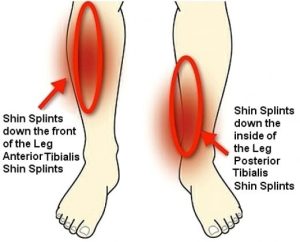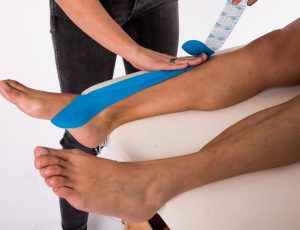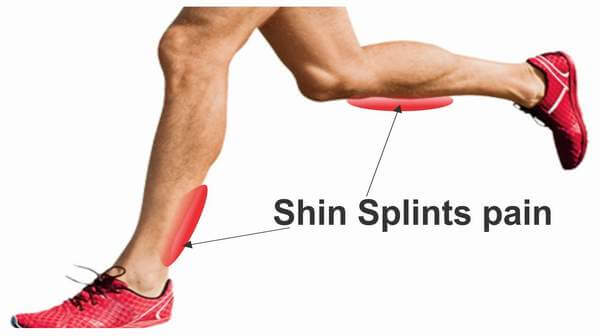If you’re a runner or athlete, you’ve probably heard of shin splints. This common injury can turn your favourite activity into a painful ordeal. But what exactly are shin splints, and how can you prevent them? Let’s dive into this pesky problem that affects many sports enthusiasts.
What are shin splints?
Shin splints refer to pain along the front of your lower legs, or shins. This happens when the muscles and bones in your lower leg become irritated from overuse. It’s like your legs are crying out, “Enough already!”
Lagos-based orthopaedic surgeon, Dr. Adebayo Adewale, explains, “Shin splints often occur when people suddenly increase their exercise intensity or change their workout routine. The bones and muscles need time to adapt to new stresses.”
Who’s at risk?
While anyone can get shin splints, people who are more likely to develop them include:
• Runners, especially those starting a new program or increasing their mileage
• Athletes in high-impact sports
• Dancers
• People with flat feet or high arches
• Military personnel
• Those wearing worn-out shoes
Recognising the pain
How do you know if you have shin splints? The pain usually:
• Occurs along the inner edge of your shinbone
• Starts as a dull ache and can become sharp
• Gets worse during and after activity
• Might be accompanied by mild swelling
Dr. Adewale advises, “If you feel persistent pain in your shins, don’t ignore it. Continuing to exercise could lead to stress fractures, which are much more serious.”
Treating shin splints
If you suspect you have shin splints, here’s what you can do:
• Rest: Take a break from the activity causing pain. Your legs need time to heal.
• Ice: Apply ice to your shins for 15-20 minutes, several times a day.
• Pain relief: Over-the-counter pain medications can help with discomfort.
• Gentle stretches: Carefully stretch your calf muscles.
• Proper footwear: Ensure you’re wearing supportive shoes appropriate for your activity.
Dr. Adewale adds, “Most cases of shin splints improve with rest and home care. However, if the pain persists for several weeks, it’s time to see a doctor.”
Preventing future pain
Once you’ve recovered, you’ll want to prevent shin splints from returning. Here are some tips:
Gradually increase your exercise intensity: Follow the 10% rule – don’t increase your activity by more than 10% per week. This guideline is supported by research in sports medicine.

A study published in the Journal of Orthopaedic & Sports Physical Therapy (2014) found that runners who increased their weekly mileage by more than 30% over a two-week period were more likely to sustain running-related injuries compared to those who increased their mileage more gradually.
The 10% rule provides a safer, more measured approach to increasing exercise intensity, allowing your body time to adapt and reducing the risk of overuse injuries like shin splints.
Cross-train: Mix up your routine with low-impact activities like swimming or cycling.
Wear proper shoes: Replace running shoes every 300-500 miles.
Consider orthotics: If you have flat feet or high arches, shoe inserts can help.
Strengthen your leg muscles: Include exercises that target your calves and shin muscles.
Run on softer surfaces: Avoid hard pavements; opt for grass or dirt trails when possible.
When to worry
While shin splints are usually not serious, sometimes they can signal a bigger problem. See a doctor if:
• The pain is severe or doesn’t improve with rest
• Your shins are hot and inflamed
• You have pain even when resting

These could be signs of a stress fracture or other condition that needs medical attention.
Remember, listening to your body is key.
“Pain is your body’s way of telling you to slow down,” says Dr. Adewale. “Don’t try to push through shin pain – it’s not a sign of weakness, but a signal to take care of yourself.”
By understanding shin splints and taking steps to prevent them, you can keep running, dancing, or playing your favorite sports without this common setback. Stay active, but be smart about it. Your shins will thank you!


